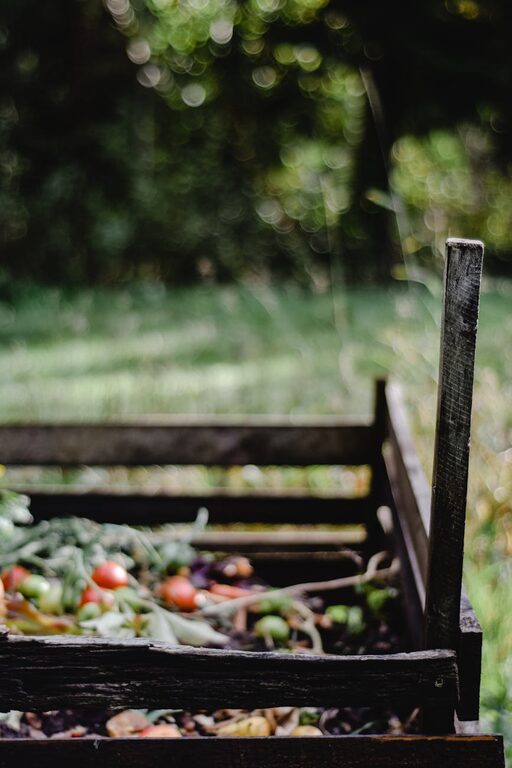
Beginner Tips for Composting at Home: A Simple Guide to Get Started
Composting at home is a rewarding and eco-friendly way to reduce waste while enriching your garden soil. If you’re new to composting, it might seem a bit overwhelming at first, but with the right tips and a little patience, you can create a thriving compost system in your backyard or even indoors. This guide will walk you through the basic steps to get started with composting at home.
What Is Composting?
Composting is the natural process of recycling organic matter, such as food scraps and yard waste, into a rich soil amendment called compost. This nutrient-rich material helps improve soil structure, retain moisture, and support healthy plant growth.
Why Compost at Home?
– Reduces waste: Keeps kitchen and garden scraps out of landfills, reducing methane emissions.
– Improves soil: Adds essential nutrients and beneficial microbes to your garden.
– Saves money: Reduces the need for chemical fertilizers.
– Supports sustainability: Encourages eco-friendly practices that benefit the environment.
Getting Started: Choose a Compost Bin Type
Before you begin, decide what type of compost bin works best for your space:
Outdoor Bins
– Tumbler bins: Easy to turn and maintain; ideal for small yards.
– Stationary bins: Larger and simple containers that require manual turning with a pitchfork or shovel.
– Compost piles: Open piles suited for larger outdoor areas but may attract pests.
Indoor Composting Options
– Worm bins (vermicomposting): Use red worms to break down food scraps quickly; perfect for apartments.
– Countertop bins: Small, sealed containers with charcoal filters to collect scraps before transferring them to outdoor compost.
What to Compost: Greens, Browns, and What to Avoid
A successful compost pile needs the right balance of materials:
Greens (Nitrogen-Rich Materials)
– Fruit and vegetable scraps
– Coffee grounds and tea bags
– Fresh grass clippings
– Plant trimmings
Browns (Carbon-Rich Materials)
– Dry leaves
– Straw or hay
– Shredded paper and cardboard
– Small branches or twigs
Avoid Composting
– Meat, dairy, and oily foods (attract pests and cause odors)
– Diseased plants or invasive weeds
– Pet waste
– Non-biodegradable materials like plastics or metals
How to Layer Your Compost Pile
Proper layering helps your compost break down efficiently:
- Start with a layer of coarse materials like twigs or straw for airflow.
- Alternate layers of greens and browns, roughly 2 parts brown to 1 part green.
- Keep the pile moist but not soggy—think of a damp sponge.
- Turn or mix the pile every 1-2 weeks to aerate and speed decomposition.
Moisture and Temperature: Key Composting Factors
– Moisture: Compost should feel like a wrung-out sponge. Too dry, and decomposition slows; too wet, and it can smell.
– Temperature: A healthy compost pile heats up to 130-160°F (54-71°C), which helps break down materials and kill pathogens. If temperatures drop, turning the pile can help reactivate the process.
Troubleshooting Common Compost Problems
– Bad odors: Usually caused by excess moisture or too many greens. Add more brown materials and turn the pile.
– Pile isn’t heating up: Add more greens or turn to increase oxygen flow.
– Pests: Use a closed bin, avoid meat or oily foods, and bury scraps beneath the top layer.
When Is Compost Ready?
Finished compost is dark brown, crumbly, and has an earthy smell. The process can take from a few months to a year depending on conditions and how often you turn the pile.
Using Your Compost in the Garden
– Mix compost into soil to boost fertility.
– Use it as mulch around plants to retain moisture.
– Make compost tea (steep compost in water) to nourish houseplants.
Final Tips for Success
– Be patient—composting is a natural process and takes time.
– Keep records or notes about what works best in your climate.
– Start small and expand as you become more comfortable.
– Educate household members so everyone can contribute to your compost system.
Composting is a simple, hands-on way to make a positive environmental impact. With these beginner tips, you’re well on your way to turning waste into gardening gold right at home. Happy composting!
